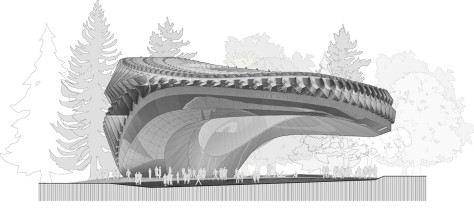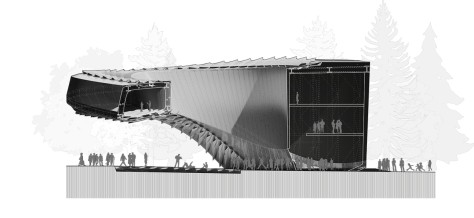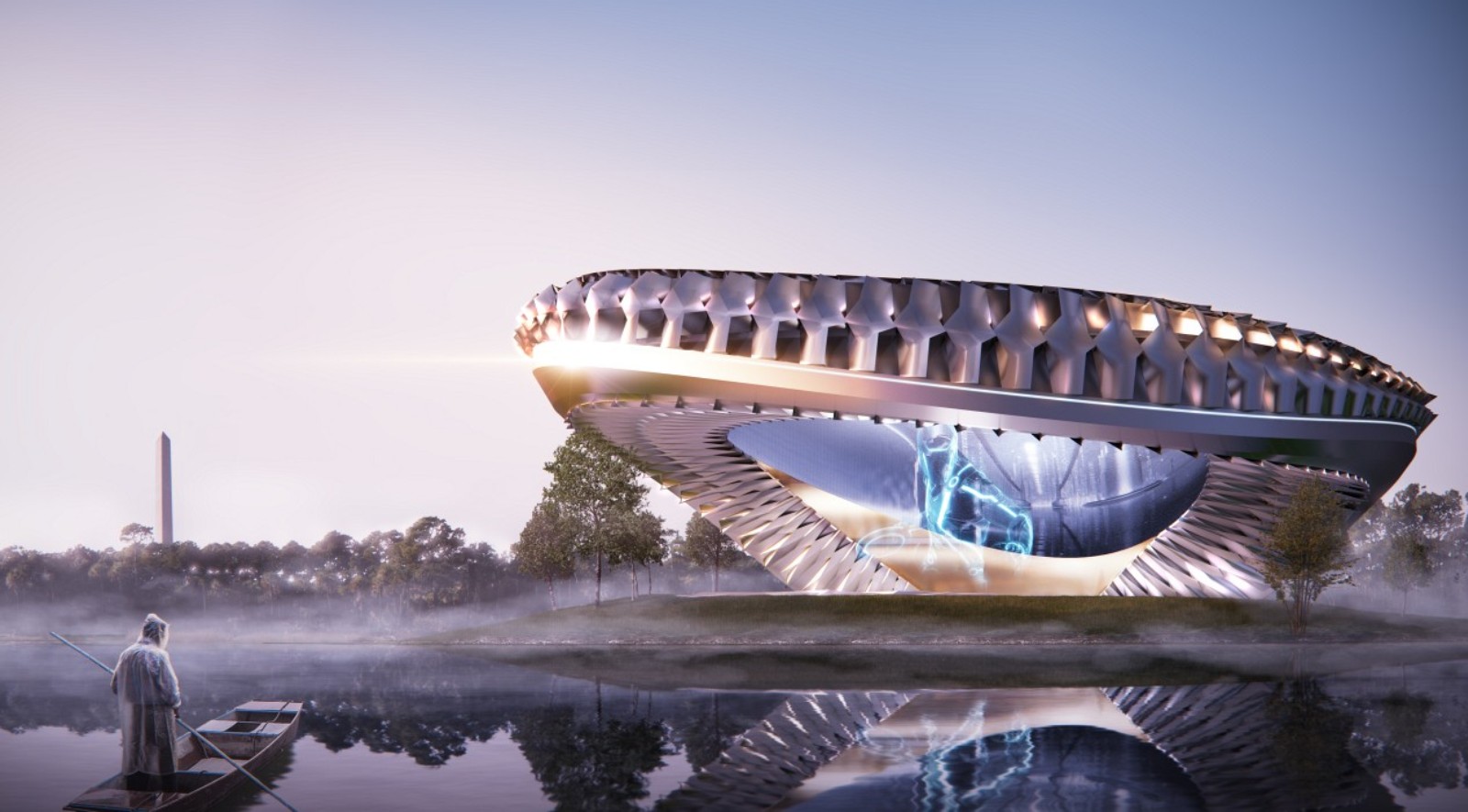
Architecture can be understood as pragmatic, functional, aesthetic and structural but also ephemeral, atmospheric, emotive and sensorial. The interaction between the atmosphere of architecture and considered materiality allow creation of dynamic space, which we may begin to understand not just physically, but metaphysically as well.

“Light is an essential aspect of architecture, it reveals beauty, function and form. It defines the image, colour and texture of building, it determines visual boundaries and our understanding of scale.” This allows architecture to become the catalyst of metaphysical, evoked through atmosphere and light in both exterior and interior of the building and most importantly in the fading boundaries within space conditions.
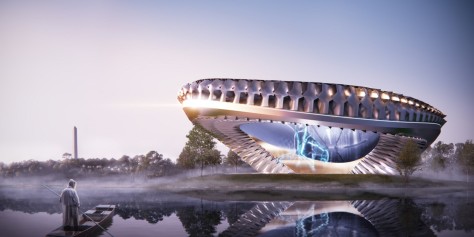
The importance of programme is therefore secondary to the understanding of that metaphysical space. Architectural moves made within the formal language of museum reflect the need of atmosphere to manipulate visitors understanding of space.
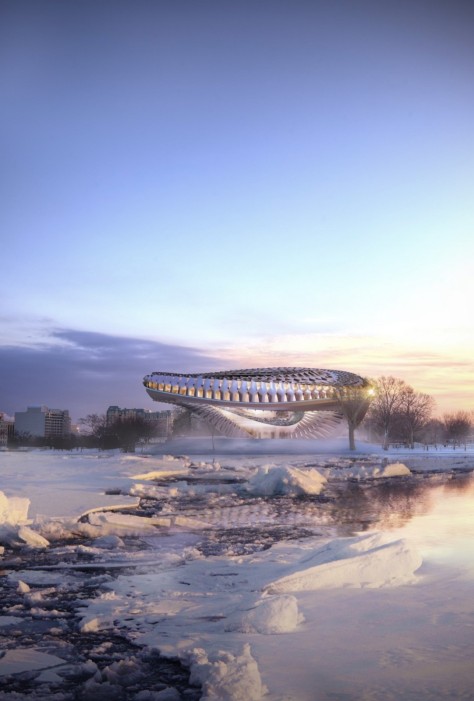
Within the enclosed volumes as well with the whole form, the idea was to create different types of presentation atmospheres to support expression of science fiction. Metaphorically the exterior stage is enclosed by the inner exhibition space and just based on their relationship new performance for future technologies is possible. Source by FlyingArchitecture.

Location: Washinghton, USA
Architect: Lenka Petráková
Visual Artists: Matúš Nedecký, Štefan Turcovský
Area: 250 m2
Year: 2014
Client: MOSF
Images: Courtesy by FlyingArchitecture


